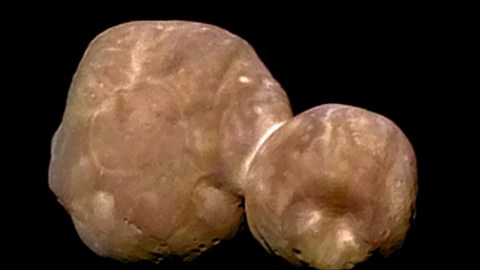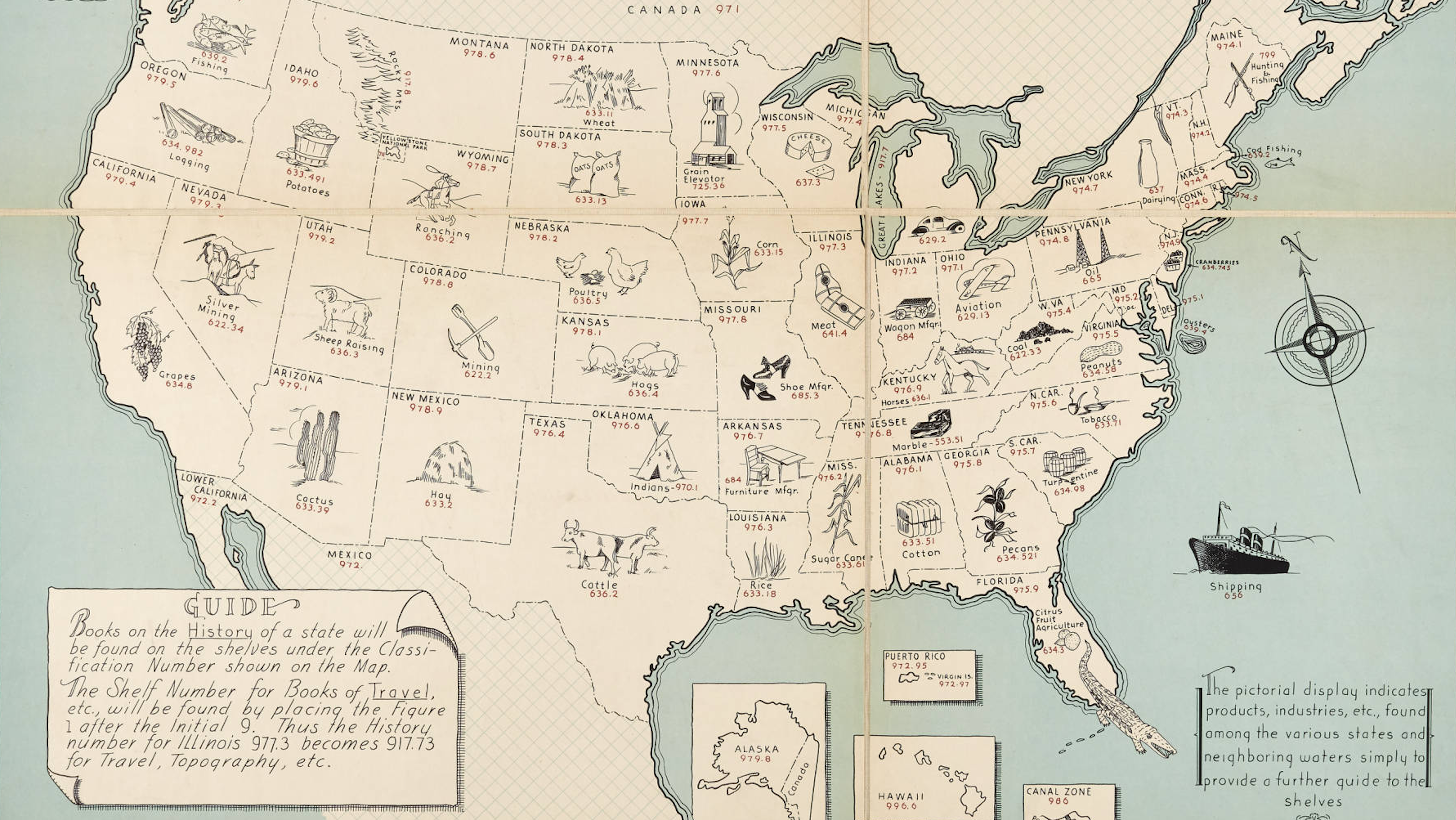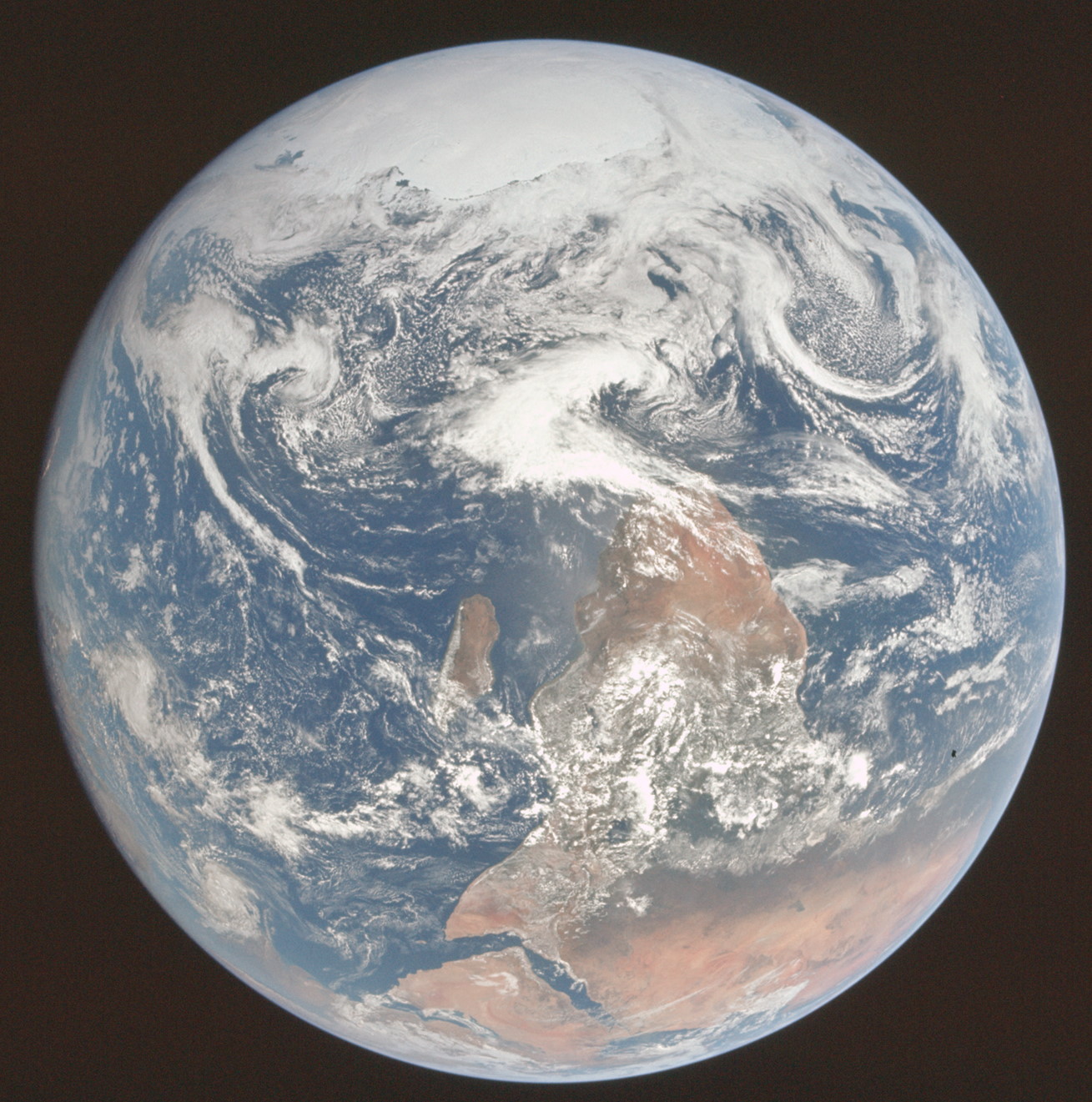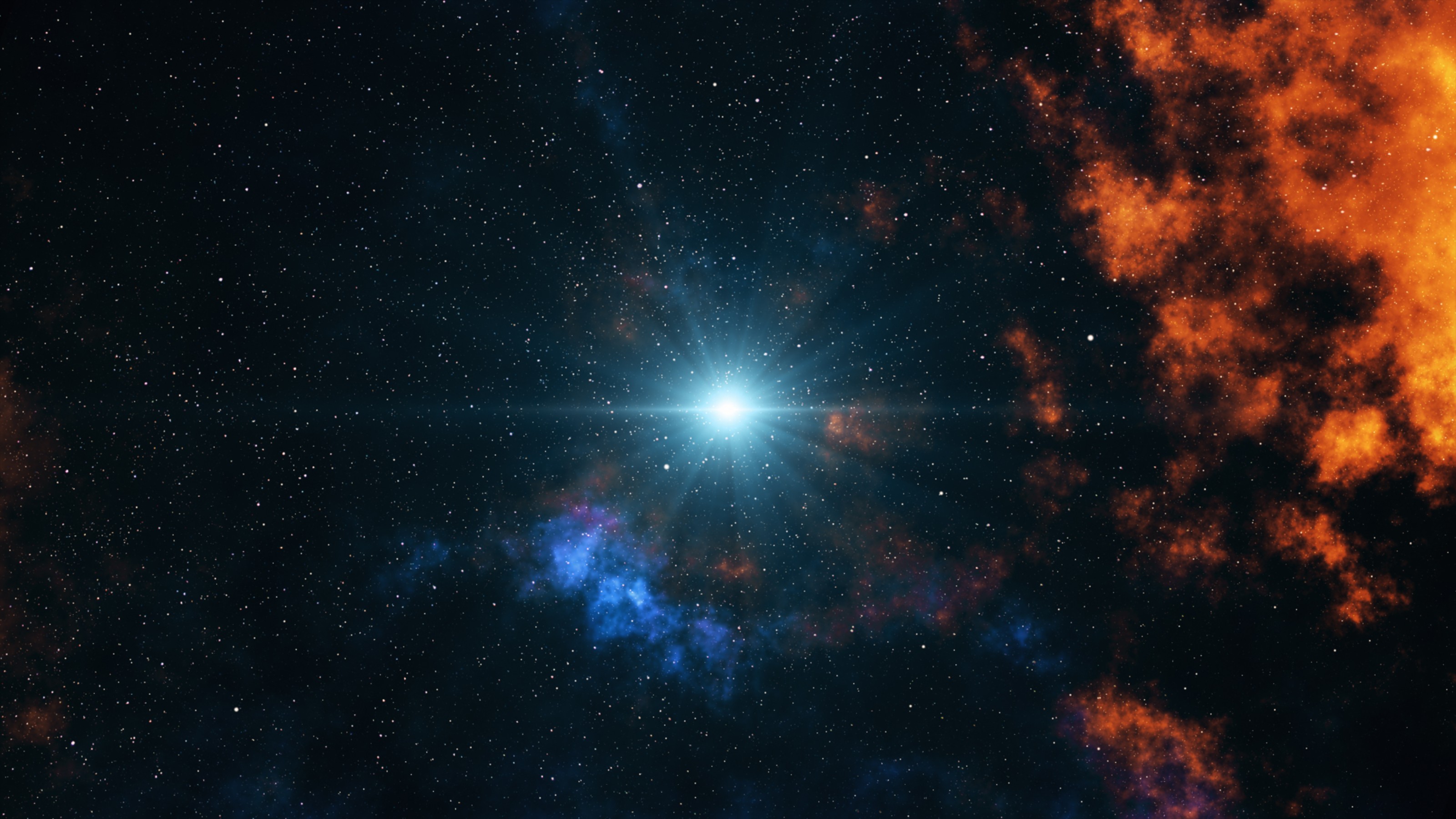Distant cosmic body renamed over Nazi backlash

NASA
- When the New Horizons probe originally visited Arrokoth, the most distant celestial body to have ever been visited by a spacecraft, NASA researchers nicknamed the body "Ultima Thule."
- Thule refers to a distant mythological civilization. Although it originated in ancient Greek and Roman literature, the Nazis co-opted the term to refer to a mythological homeland of the Aryan people.
- The new name, Arrokoth, is Powhatan for "sky."
The object formerly known as Ultima Thule has two claims to fame. For one, it became the most distant object in the solar system to be visited by a spacecraft on January 1st, 2019, when the New Horizons space probe sailed past it. It’s also well known for being named after a mythological forgotten civilization that the Nazis claimed to have descended from.
Backlash over the Nazi connection resulted in NASA recently changing the object’s name to Arrokoth, which means “sky” in the Powhatan language.
Thule (pronounced THEW-lee) was originally the northernmost location mentioned in Greek and Roman documents, which was later taken to be a reference to Greenland, Iceland, or Norway. Ultima Thule, Latin for “farthermost Thule,” also became a way of metaphorically referring to any distant place — hence NASA’s decision to name Arrokoth after the faraway, mythological land.
But under European occult thinkers in the 20th century, Thule took on new meaning. Far-right German occultists began to believe that Thule was the origin of the Aryan race, sometimes conflating it with the other lost, mythological civilizations of Atlantis or Hyperborea.
The bulk of these musings took place in the Thule Society, an esoteric group with many members in the German Workers’ Party, the political party that was famously later reorganized into the National Socialist German Workers’ Party by Adolf Hitler.
Like the swastika and Charlie Chaplin’s mustache, the once-innocent (if a little wacky) notion of Thule has become associated with Nazis. Researchers defended their decision to name the distant planetesimal after the mythological land. “I’ve said it a number of times, I think New Horizons is an example — one of the best examples in our time — of raw exploration, and the term Ultima Thule, which is very old, many centuries old, possibly over a thousand years old, is a wonderful meme for exploration,” said Dr. Alan Stern, the principal investigator of New Horizons project, during a press conference after the initial controversy. “That’s why we chose it. I would say that just because some bad guys once liked that term, we’re not going to let them hijack it.”
Its replacement is a decided improvement, however, particularly since Arrokoth will hopefully not be the furthermost object humans ever visit. Lori Glaze, the director of planetary science division at NASA, told the New York Times that the name was chosen to honor the indigenous Powhatan people of Maryland.
“The (old) temporary and permanent names are not connected — the team chose the Algonquian/Powhatan word for ‘sky’ — Arrokoth — as a tribute to the indigenous peoples of the Chesapeake region,” said Dr. Glaze. “In particular, the New Horizons mission and Hubble Space Telescope are operated out of Maryland and the Chesapeake region and were critical to finding and studying the farthest object ever encountered by spacecraft.”

A 3D animation of Arrokoth.
NASA/Johns Hopkins University Applied Physics Laboratory/Southwest Research Institute
What’s special about Arrokoth?
As for Arrokoth itself, the object has a peculiar, snowman-like shape consisting of two small orbs measuring 14 miles and 9 miles across, respectively, which researchers believed were separate objects that crashed together at one point, possibly demonstrating how larger objects like planets initially form. The planetesimal appears to be covered in water ice, methanol, and tholins — complex organic compounds resulting from cosmic radiation that give Arrokoth its rust-red color. It floats roughly 4 billion miles away from Earth in a region of our solar system known as the Kuiper belt, a massive disc of asteroids made of rock, metal, and frozen chemicals that envelops Pluto, New Horizons’ original and primary target.
Arrokoth was selected to be visited by New Horizons primarily due to fuel concerns and the possible scientific value of its observations. Fortunately, New Horizons will have enough power to operate until the 2030s and may even give another go at exploring distant Kuiper belt objects in the 2020s. No doubt the next object will be given a more thoroughly vetted name.





